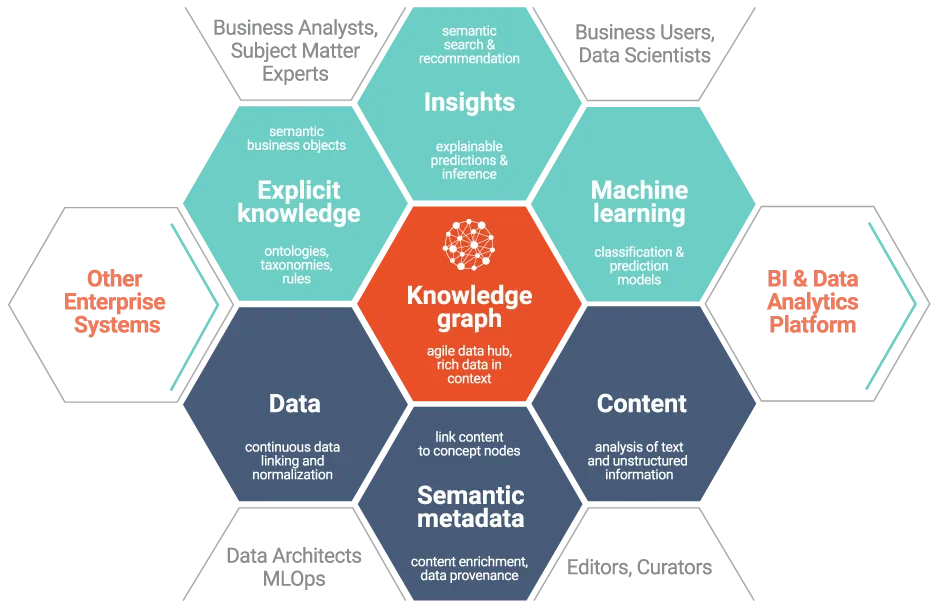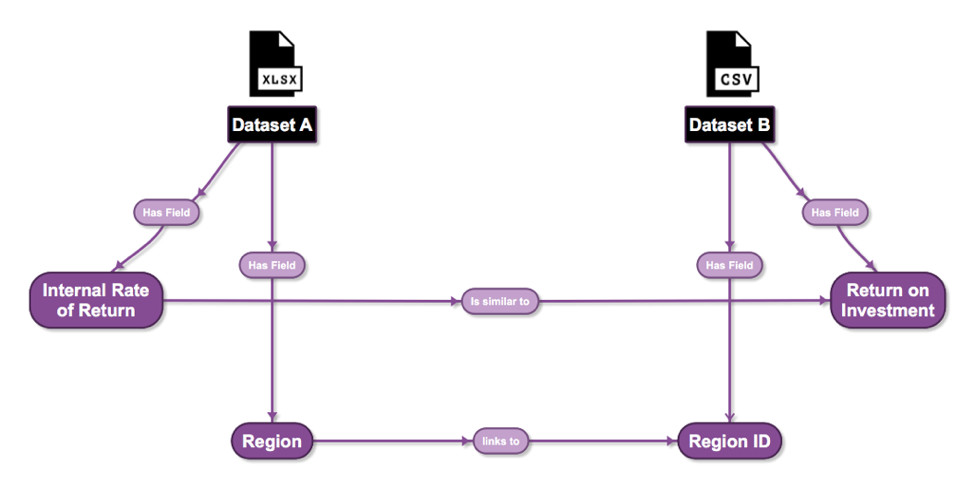Data is the new oil, but without proper governance and quality measures, it can become more of a pollutant than a resource. Enter knowledge graphs—a powerful tool that can transform raw data into meaningful insights, ensuring both robust data governance and high-quality information.
What is a Knowledge Graph?

Imagine a web where each node represents a piece of data, and the connections (edges) between them illustrate their relationships. This is the essence of a knowledge graph: a structured representation that captures the semantics of information, enabling machines and humans to understand and utilize data more effectively.
Why Does Data Governance Matter?
Data governance involves the management of data’s availability, usability, integrity, and security within an organization. It’s about ensuring that data is:
- Accurate: Free from errors and inconsistencies.
- Accessible: Easily retrievable by authorized personnel.
- Protected: Safeguarded against unauthorized access and breaches.
Without proper governance, organizations risk making decisions based on faulty data, leading to potential financial and reputational damage.
How Do Knowledge Graphs Enhance Data Quality?
Knowledge graphs play a pivotal role in improving data quality by:
- Integrating Diverse Data Sources: They combine information from various sources into a unified structure, reducing redundancy and ensuring consistency.
- Providing Contextual Understanding: By illustrating relationships between data points, knowledge graphs offer context, making it easier to detect anomalies and validate information.
- Facilitating Data Lineage Tracking: They allow organizations to trace the origin and transformation of data, ensuring transparency and accountability.
Implementing Knowledge Graphs for Better Data Governance
To harness the power of knowledge graphs:
- Start Small: Begin with a specific use case or department to pilot the implementation.
- Leverage Existing Ontologies: Utilize established frameworks to structure your knowledge graph, ensuring interoperability and scalability.
- Invest in Training: Equip your team with the necessary skills to manage and utilize knowledge graphs effectively.
Real-World Applications
Many organizations have successfully implemented knowledge graphs to enhance their data governance frameworks. For instance, companies have used them to integrate data from various departments, ensuring a single source of truth and facilitating better decision-making.
Looking Ahead
As data continues to grow in volume and complexity, the importance of effective data governance and quality measures cannot be overstated. Knowledge graphs offer a promising solution, providing a structured and intuitive way to manage and interpret data.
Data is only as valuable as the insights we can draw from it. With knowledge graphs, organizations can ensure their data is both high-quality and well-governed, paving the way for informed decisions and strategic success.
MarraData, specializing in data management and analytics. With a passion for transforming data into actionable insights, MarraData has been at the forefront of implementing innovative solutions to enhance data governance and quality.
Data Points:
- Understanding Knowledge Graphs: Structured representations that capture the semantics of information.
- Importance of Data Governance: Ensuring data accuracy, accessibility, and protection within organizations.
- Enhancing Data Quality: Knowledge graphs integrate diverse data sources, provide contextual understanding, and facilitate data lineage tracking.
- Implementation Strategies: Start small, leverage existing ontologies, and invest in team training.
- Future Outlook: Knowledge graphs are set to play a crucial role in managing and interpreting the growing complexity of organizational data.

